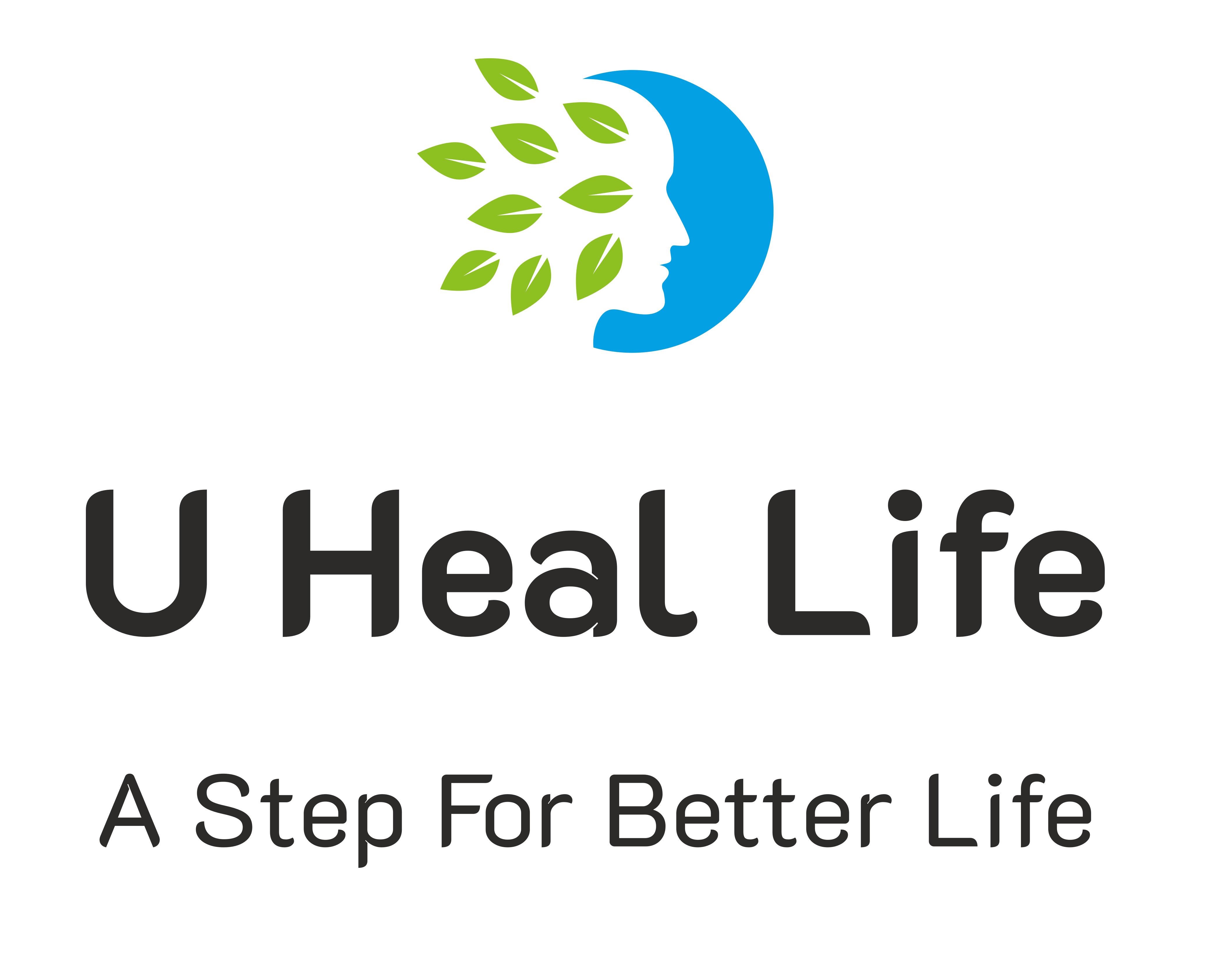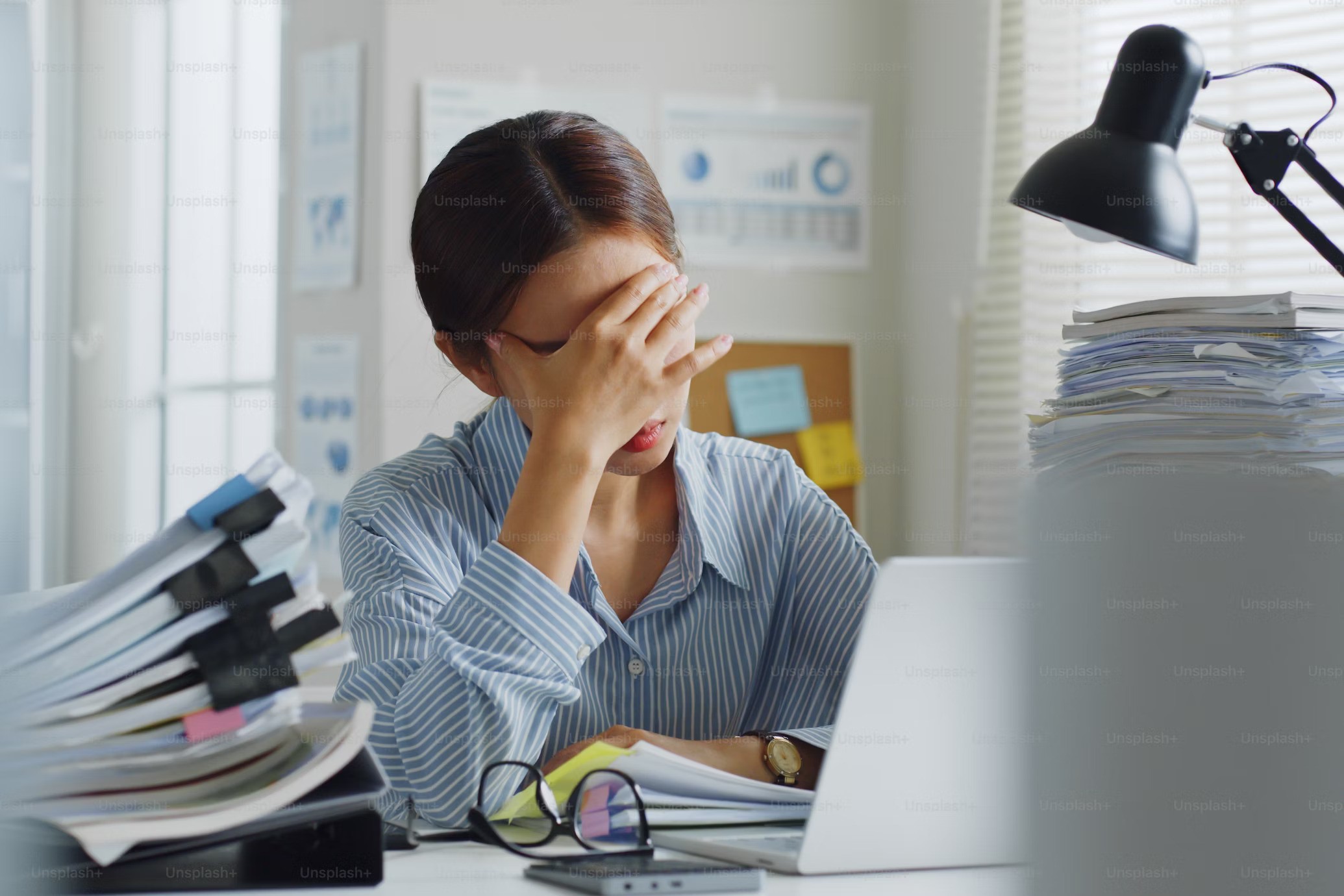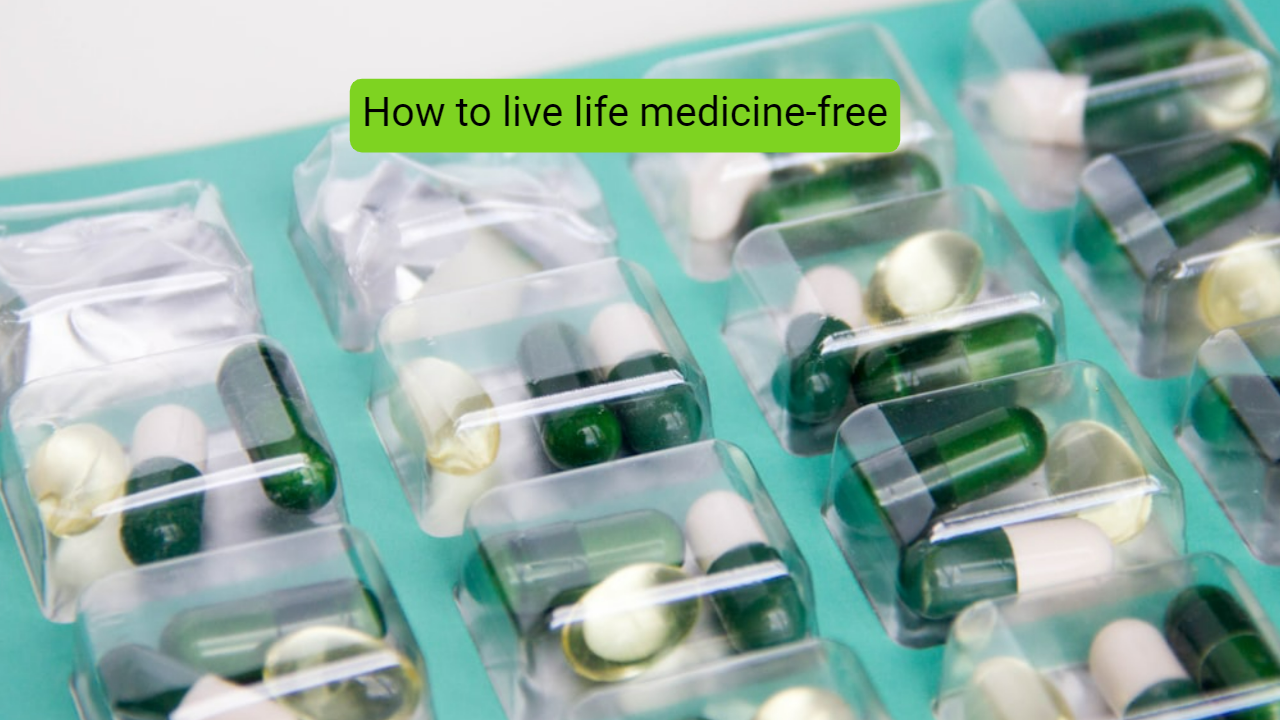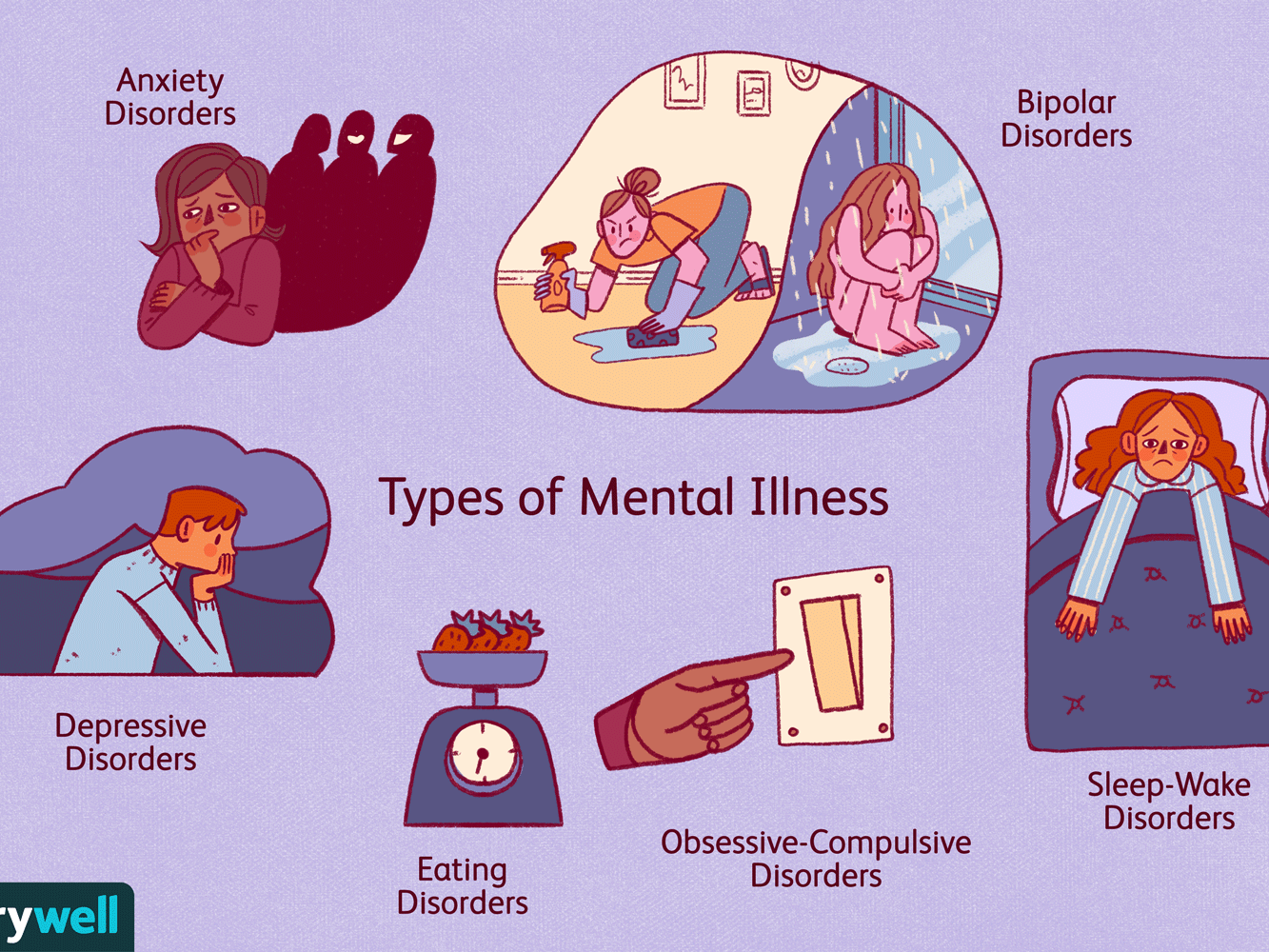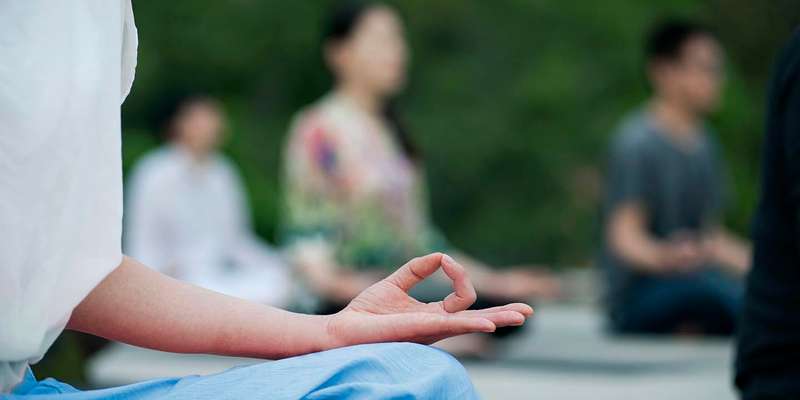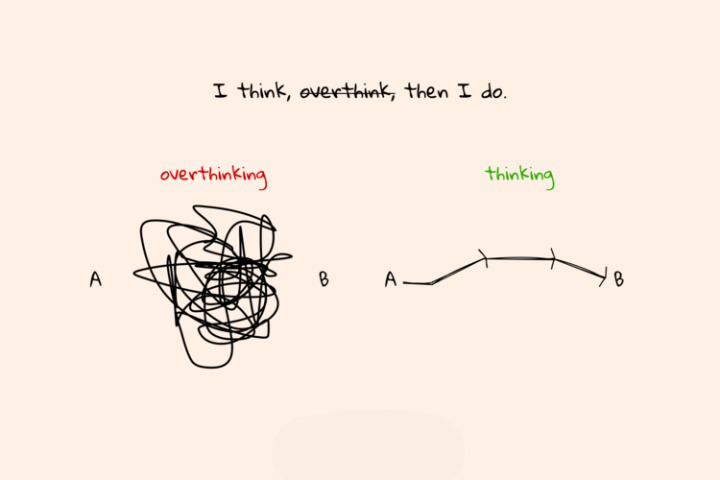Mindfulness Based Stress Reduction
Are you feeling overwhelmed by the daily hustle and bustle of life? Struggling to find a moment of peace in the chaos? If so, you’re not alone. In today’s fast-paced world, stress has become a common companion for many. But fear not, because there is a powerful tool that can help bring calmness and clarity back into your life: mindfulness-based stress reduction (MBSR). Let’s dive into the transformative practice of MBSR and explore how it can revolutionize your approach to managing stress.
Understanding Mindfulness Based Stress Reduction (MBSR)
Mindfulness-Based Stress Reduction (MBSR) is a holistic approach to managing stress that combines mindfulness meditation and yoga practices. It was developed by Dr. Jon Kabat-Zinn in the late 1970s at the University of Massachusetts Medical Center, aiming to help individuals cope with various physical and mental health challenges.
At its core, MBSR teaches individuals how to be fully present in the moment, cultivating awareness of thoughts, feelings, and bodily sensations without judgment. By practicing mindfulness techniques like deep breathing and body scanning exercises, participants learn to observe their inner experiences with openness and curiosity.
The primary goal of MBSR is to enhance self-awareness and promote acceptance of one’s internal state, leading to reduced stress levels and improved overall well-being. Through regular practice, individuals can develop resilience in the face of life’s challenges and cultivate a sense of inner peace amidst external pressures.
In essence, MBSR empowers individuals to respond mindfully rather than react impulsively in stressful situations. By honing their ability to stay grounded in the present moment, practitioners can navigate daily stressors with greater ease and emotional balance.
The Origins and History of MBSR
Mindfulness Based Stress Reduction (MBSR) has a rich background that traces its roots back to the 1970s. Developed by Jon Kabat-Zinn at the University of Massachusetts Medical Center, MBSR was initially designed to help patients manage chronic pain and stress through mindfulness practices.
Kabat-Zinn combined elements of Eastern meditation techniques with Western psychology to create a structured program centered around cultivating awareness and living in the present moment. The success of MBSR in reducing stress and enhancing overall well-being led to its widespread adoption beyond medical settings.
Over the years, MBSR has evolved into a mainstream approach for promoting mental health and emotional resilience. Its holistic nature appeals to individuals seeking practical tools to cope with life’s challenges and improve their quality of life.
By understanding the origins and history of MBSR, we gain insight into how this transformative practice has grown from humble beginnings into a globally recognized method for managing stress and fostering mindfulness.
The Benefits of Practicing MBSR
Practicing Mindfulness-Based Stress Reduction (MBSR) offers a myriad of benefits for both the mind and body. By cultivating mindfulness, individuals can experience reduced levels of stress and anxiety. This practice encourages us to live in the present moment, rather than dwelling on the past or worrying about the future.
MBSR has been shown to improve overall mental well-being by enhancing self-awareness and emotional regulation skills. Through regular practice, individuals can develop a greater sense of clarity and focus in their daily lives. Additionally, MBSR can help improve sleep quality, boost mood, and increase resilience to life’s challenges.
Moreover, engaging in mindfulness practices like MBSR has been linked to decreased symptoms of depression and chronic pain. These techniques empower individuals to respond more skillfully to difficult situations with compassion and non-judgment. Start reaping these incredible benefits by incorporating MBSR into your daily routine today!
Techniques and Practices Involved in MBSR
When it comes to Mindfulness-Based Stress Reduction (MBSR), there are various techniques and practices that play a significant role in helping individuals manage stress effectively. One of the fundamental practices in MBSR is mindfulness meditation, where individuals focus on their breath or bodily sensations to cultivate present-moment awareness. This practice helps develop a non-judgmental attitude towards thoughts and emotions.
Yoga is another key component of MBSR, incorporating gentle movements with mindfulness and breathing techniques to promote relaxation and reduce stress. Body scan exercises involve systematically bringing attention to different parts of the body, increasing awareness of physical sensations and promoting relaxation.
Mindful walking is yet another technique used in MBSR, encouraging individuals to pay attention to each step taken while being fully present in the moment. These various techniques work together synergistically to help individuals cultivate mindfulness skills that can be applied in daily life situations for better stress management.
Incorporating MBSR into Daily Life
Incorporating Mindfulness Based Stress Reduction (MBSR) into your daily routine can bring a sense of calm and clarity to your hectic life. Start by setting aside a few minutes each day for mindfulness practices such as meditation or deep breathing exercises.
Create reminders throughout the day to pause, breathe, and check in with yourself. This simple act can help you stay present and reduce stress levels significantly.
Try incorporating mindfulness into everyday activities like eating, walking, or even washing dishes. Focus on the sensations, sounds, and smells around you to anchor yourself in the present moment.
Practice self-compassion and acceptance towards yourself and others. Remember that mindfulness is about being aware without judgment.
As you continue to integrate MBSR techniques into your daily life, notice how it positively impacts your overall well-being and resilience in facing life’s challenges with greater ease.
Scientific Evidence Supporting the Effectiveness of MBSR
Scientific research has shown compelling evidence supporting the effectiveness of Mindfulness Based Stress Reduction (MBSR) in reducing stress and promoting overall well-being. Studies have indicated that regular practice of MBSR can lead to a decrease in cortisol levels, the hormone associated with stress response, thus helping individuals manage stressful situations more effectively.
Furthermore, brain imaging studies have demonstrated changes in neural pathways associated with emotional regulation and resilience in individuals who practice mindfulness regularly. These structural changes suggest that MBSR may help rewire the brain for increased emotional stability and mental clarity.
Moreover, research has also linked MBSR to improvements in physical health outcomes such as reduced inflammation markers and enhanced immune function. This suggests that incorporating mindfulness practices into daily life can have far-reaching benefits beyond just managing stress.
The scientific evidence supporting MBSR serves as a testament to its potential to positively impact both mental and physical well-being.
Common Misconceptions about MBSR
When it comes to Mindfulness Based Stress Reduction (MBSR), there are a few common misconceptions that often arise. One of the main misconceptions is that MBSR is only for people who are already stressed or struggling with mental health issues. In reality, MBSR can benefit anyone looking to improve their overall well-being and quality of life.
Another misconception is that practicing mindfulness means clearing your mind of all thoughts. This couldn’t be further from the truth! Mindfulness is about acknowledging and accepting our thoughts without judgment, not trying to stop them altogether.
Some may also believe that MBSR requires a significant time commitment each day. While consistency in practice is beneficial, even just a few minutes of mindfulness each day can make a difference in reducing stress and increasing awareness.
It’s important to remember that MBSR is not a quick fix or cure-all solution. It takes time and effort to see results, but the benefits can be profound for those who commit to the practice consistently.
Finding a Qualified Instructor and Resources for Practicing MBSR
When it comes to practicing Mindfulness-Based Stress Reduction (MBSR), finding a qualified instructor is essential. Look for instructors who have undergone specific training in MBSR and have experience guiding others through the practice.
One way to find a qualified instructor is by searching online or asking for recommendations from mental health professionals or wellness centers. It’s important to feel comfortable with the instructor and their teaching style, as this can greatly influence your experience with MBSR.
Additionally, there are resources available such as books, online courses, and apps that can supplement your MBSR practice. These resources can provide additional guidance and support outside of formal instruction.
Remember that consistency is key when practicing mindfulness, so having access to reliable resources and guidance will help you stay committed to incorporating MBSR into your daily routine.
Personal Experiences
Personal Experiences
Sharing personal stories and experiences of practicing mindfulness-based stress reduction can be incredibly powerful. Many individuals have reported profound changes in their lives after incorporating MBSR into their daily routines. From better stress management to improved focus and overall well-being, the benefits are vast.
Some people have found that through consistent practice, they were able to cultivate a greater sense of self-awareness and emotional regulation. Others have experienced reduced anxiety levels and increased resilience in the face of life’s challenges. By dedicating time to mindfulness practices, many have discovered a newfound sense of peace and contentment in their lives.
The beauty of mindfulness-based stress reduction lies in its ability to empower individuals to take control of their mental health and well-being. By embracing these techniques and practices, one can embark on a transformative journey towards a more balanced and harmonious way of living.
So why not give it a try? Explore the world of MBSR for yourself, connect with qualified instructors or resources, and unlock the incredible benefits that mindfulness has to offer. Your journey towards a calmer mind and healthier lifestyle starts now!
